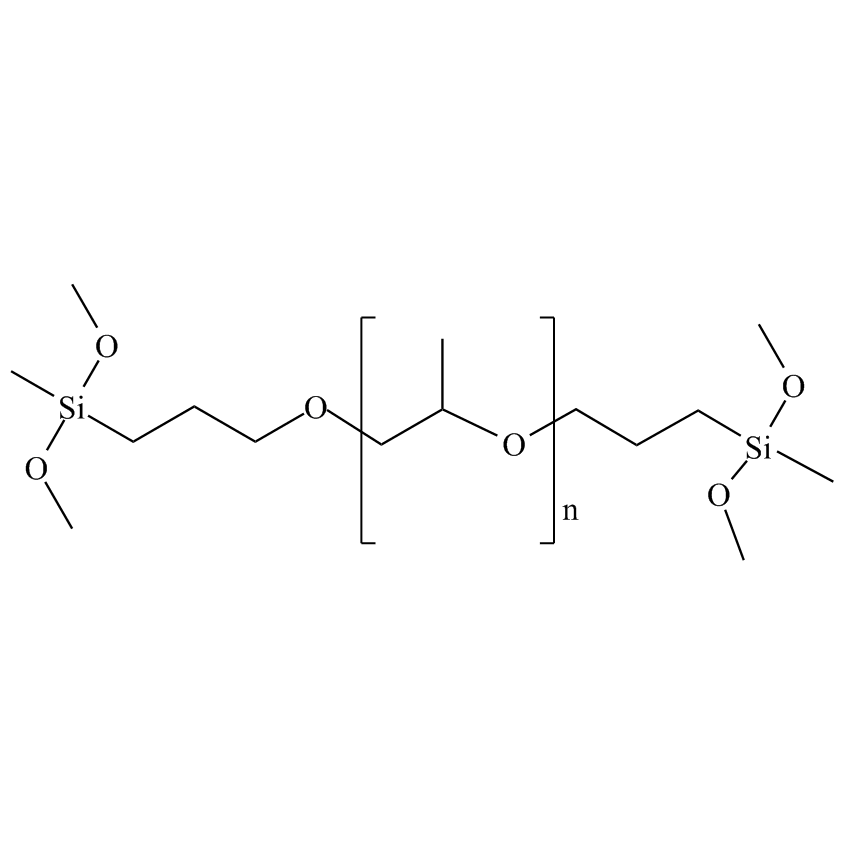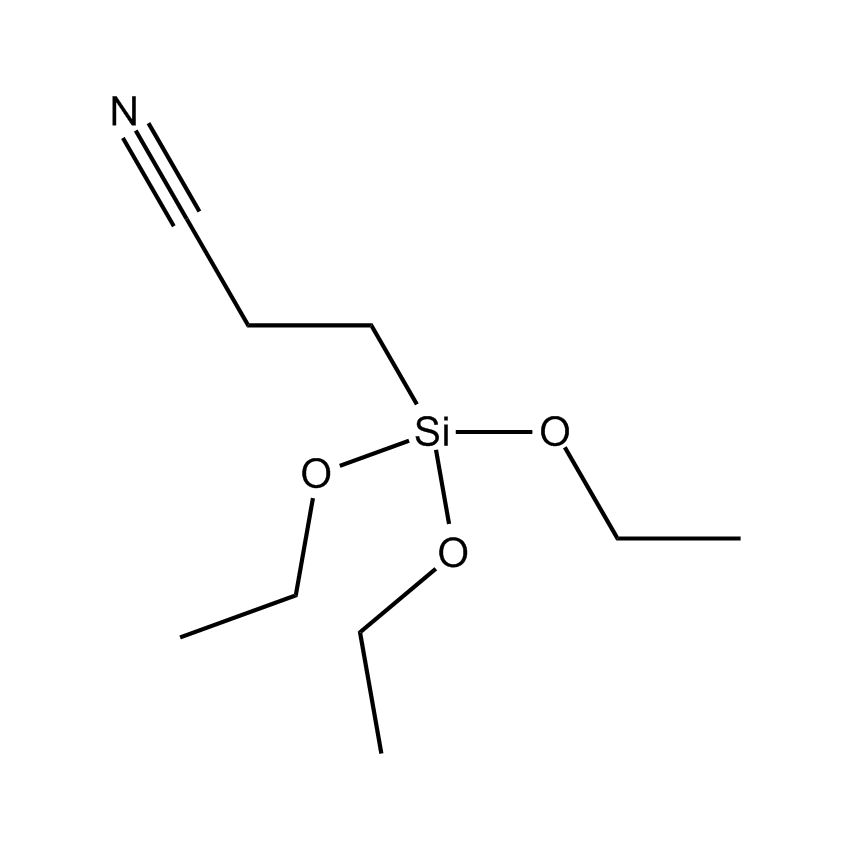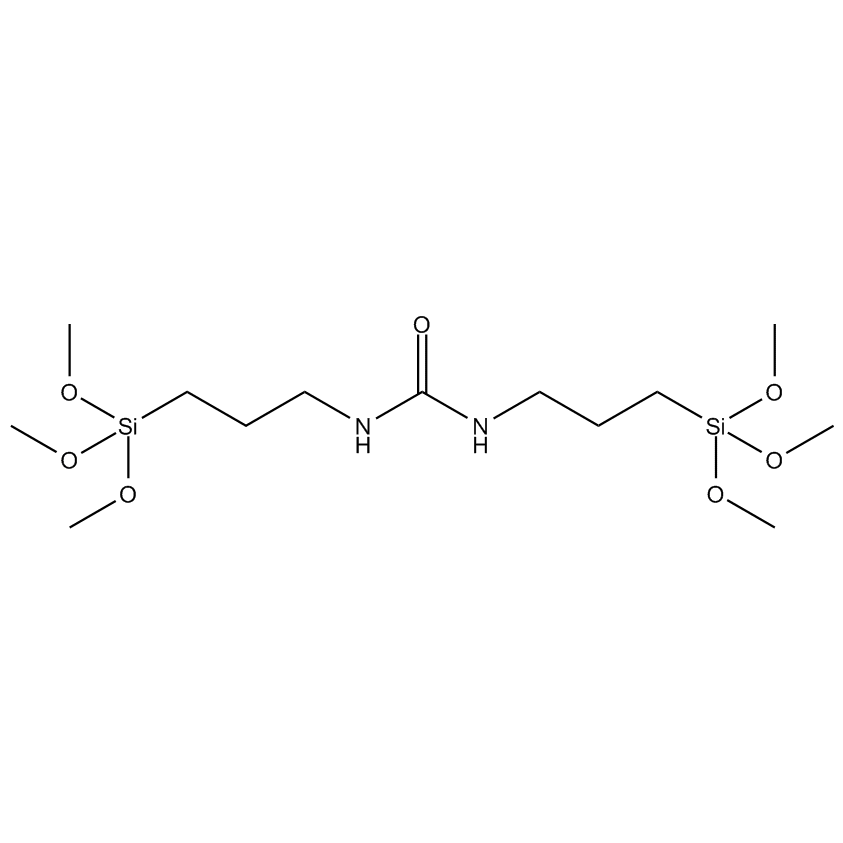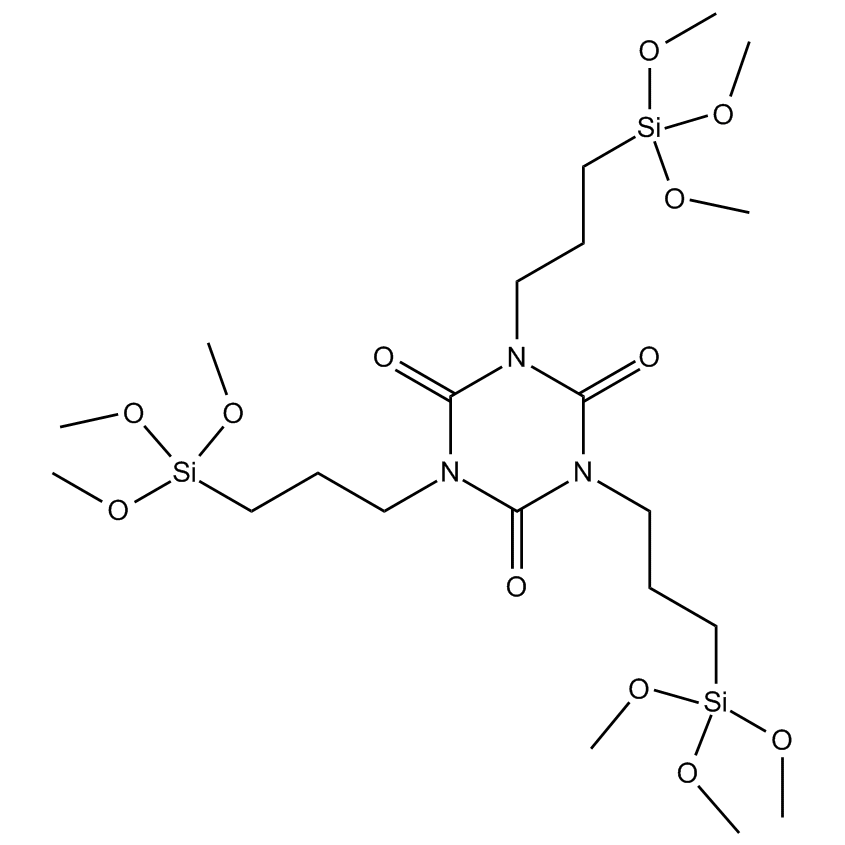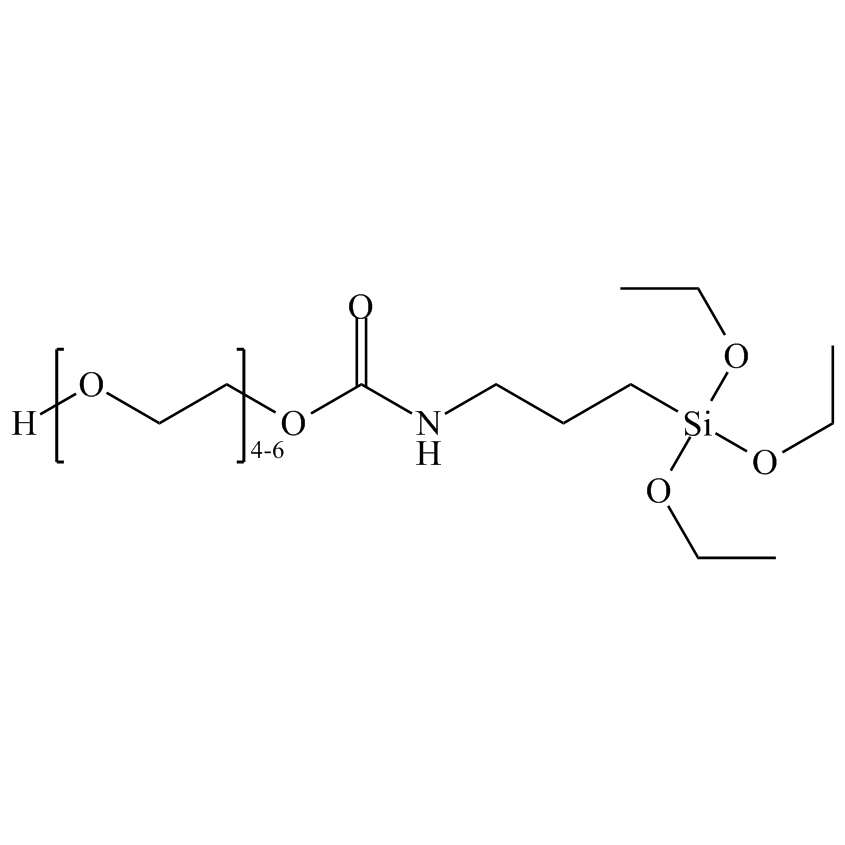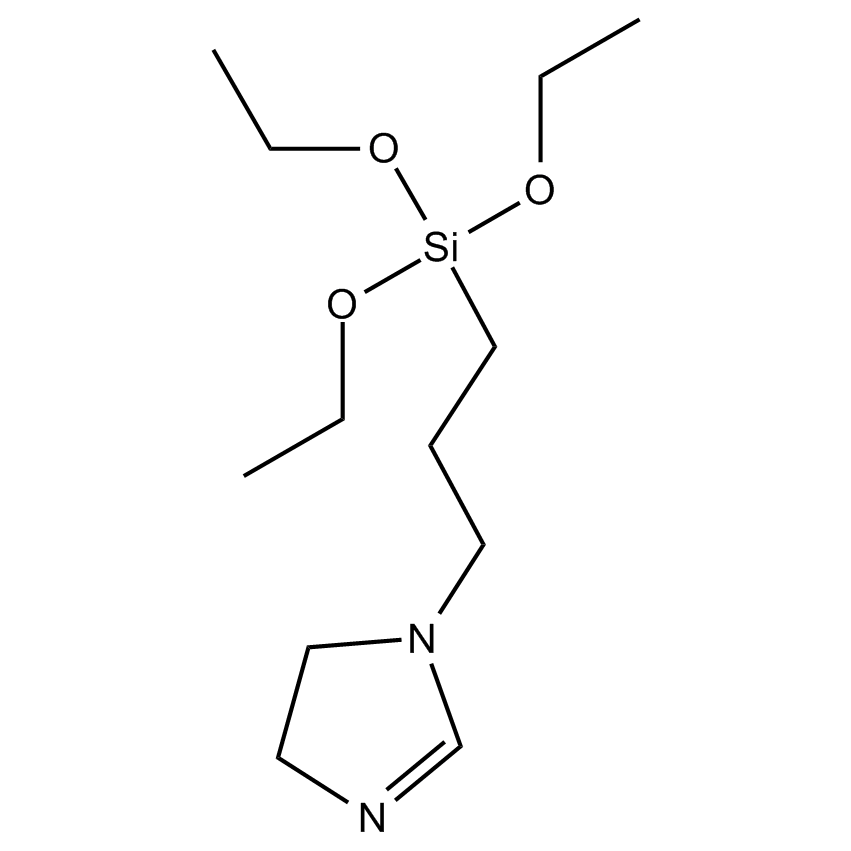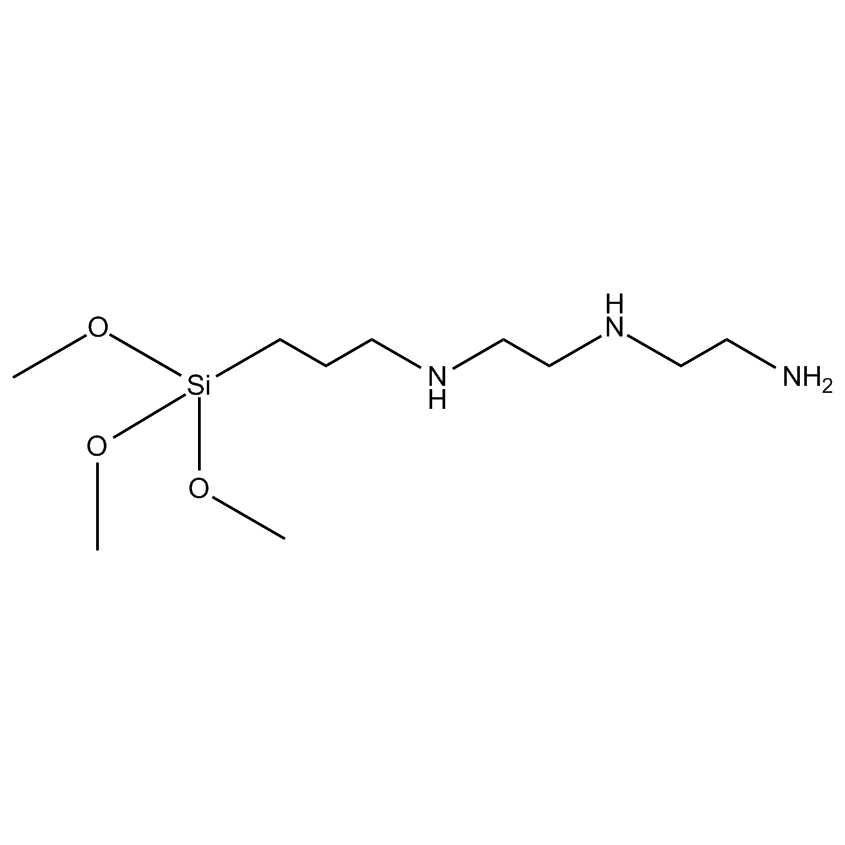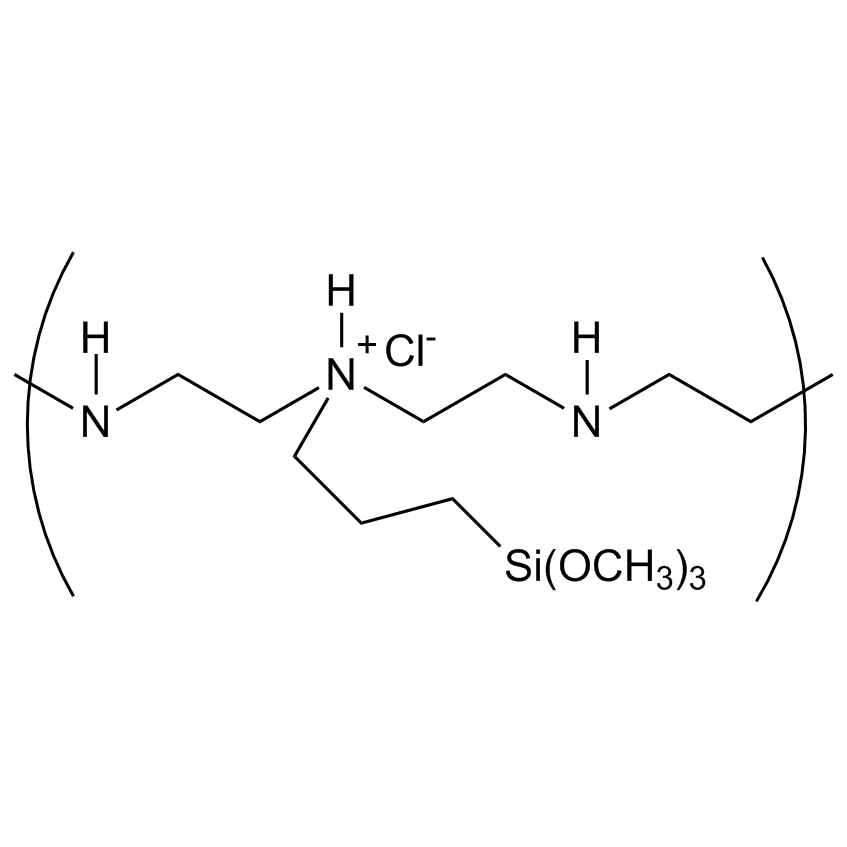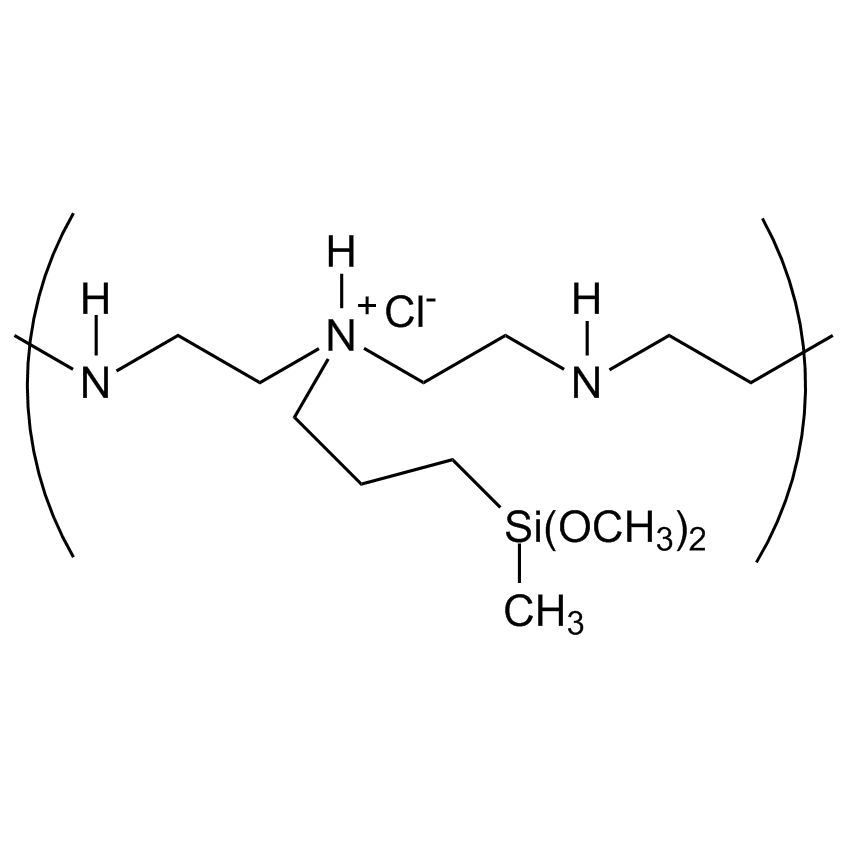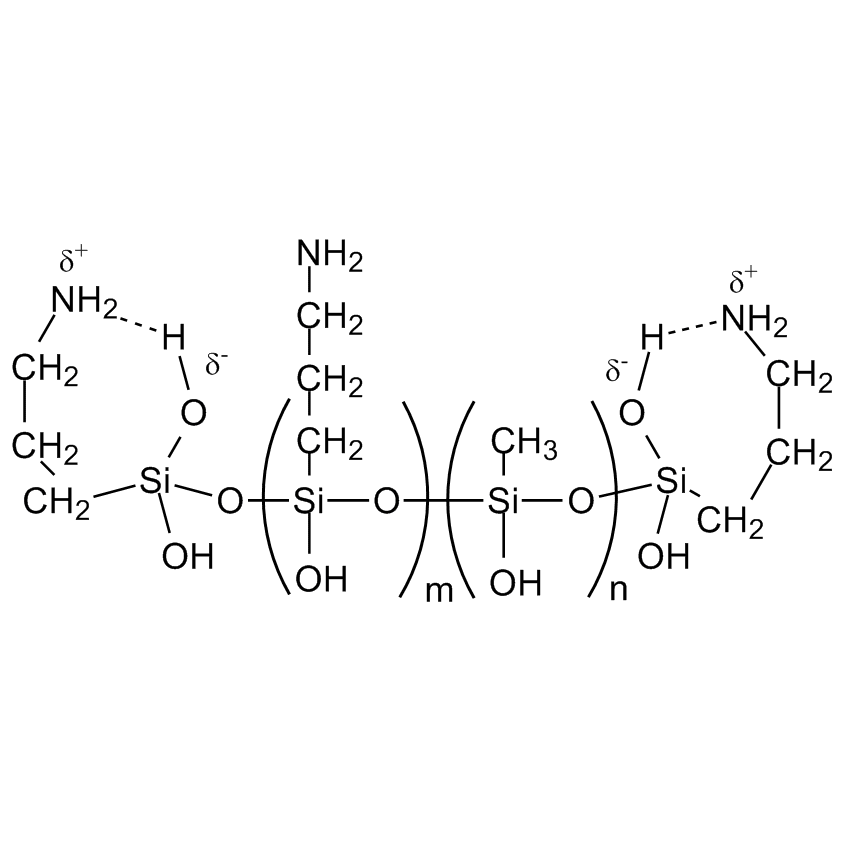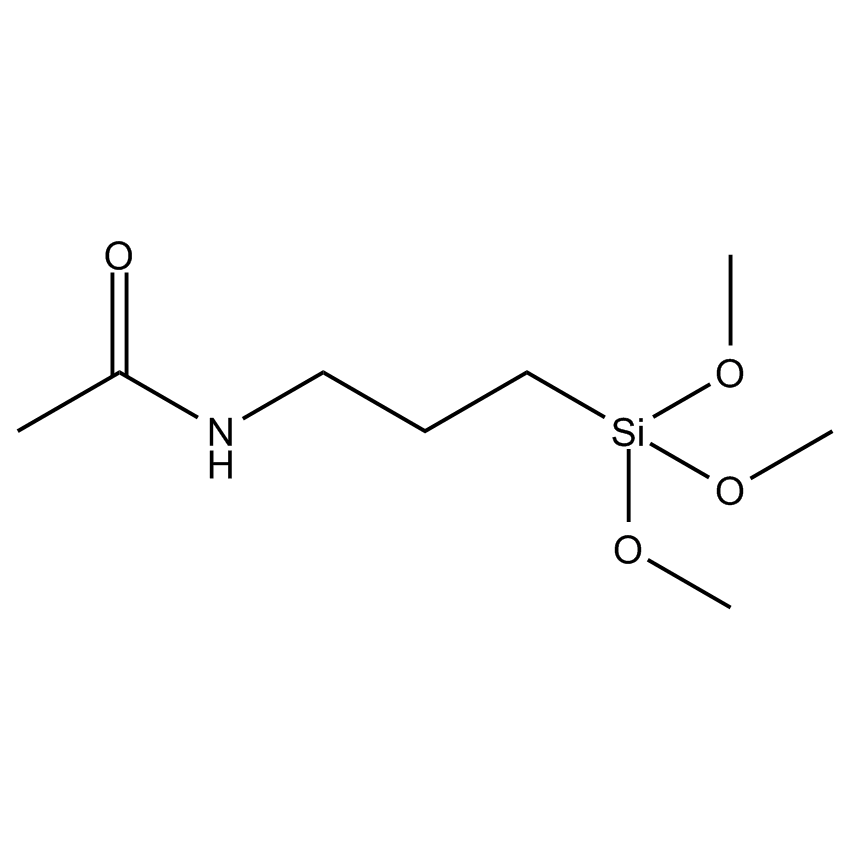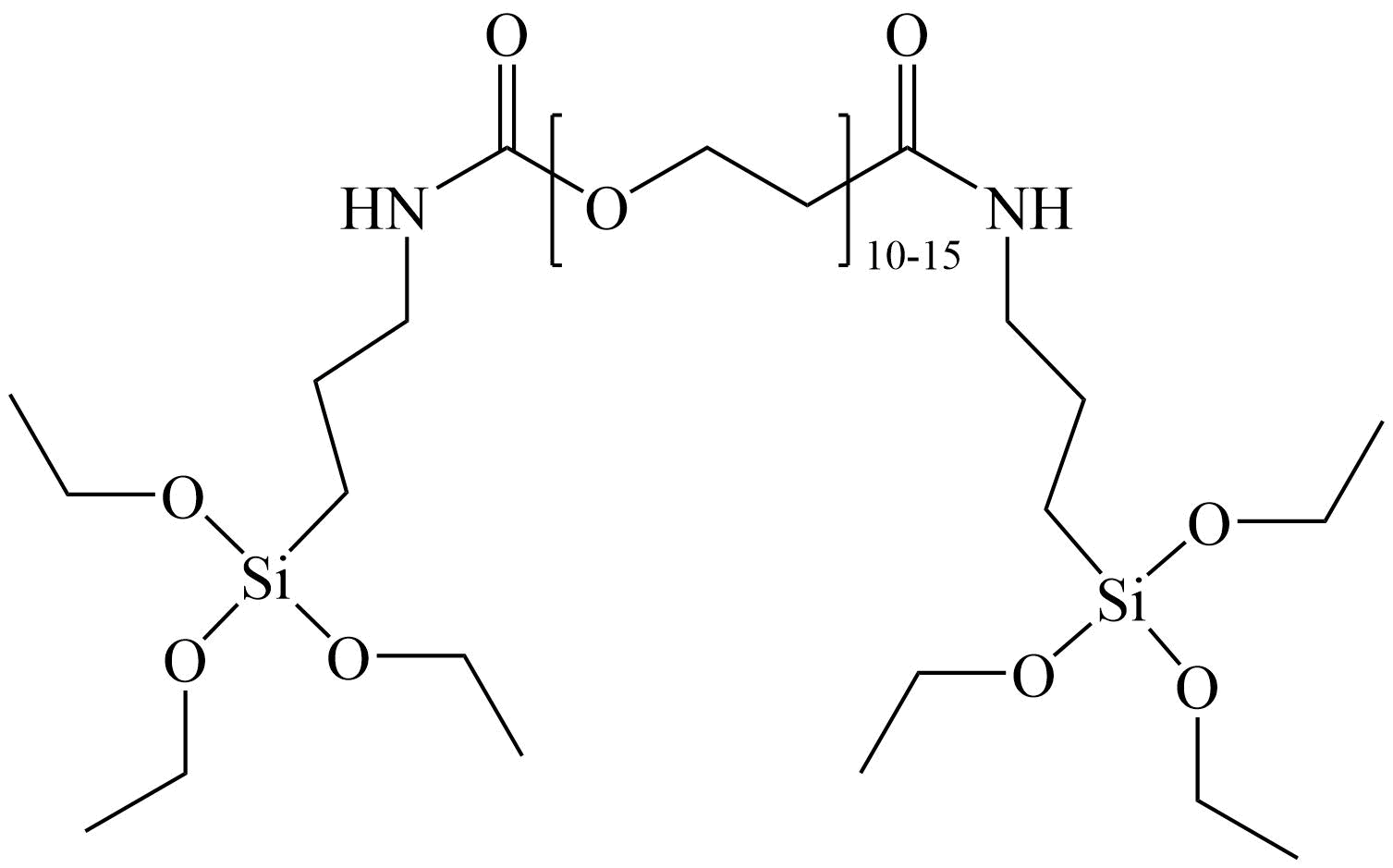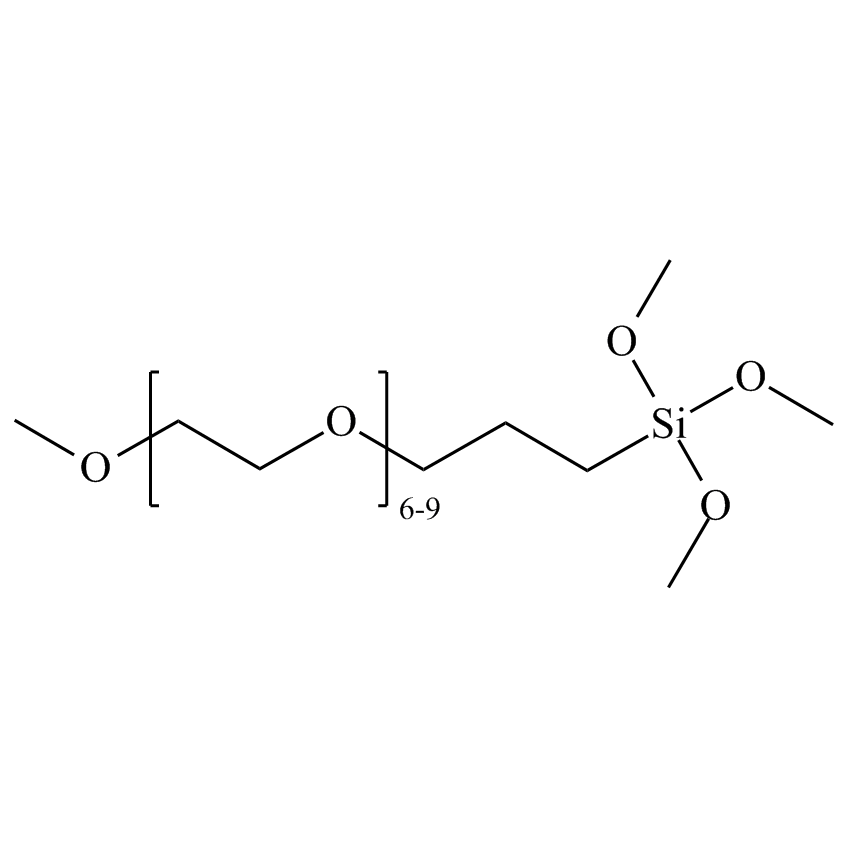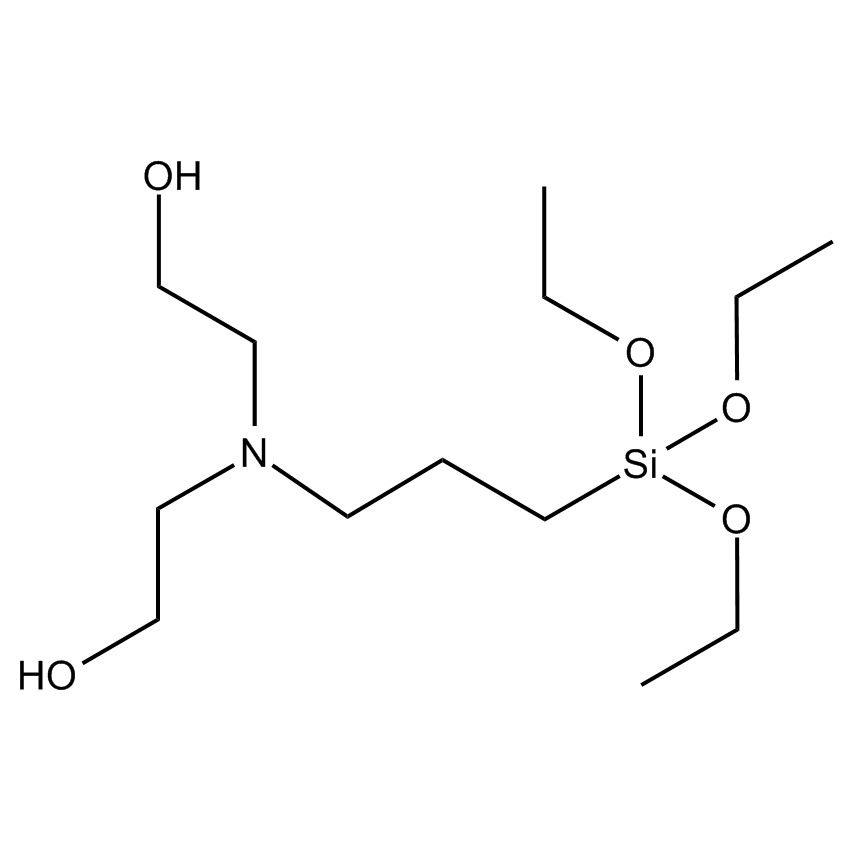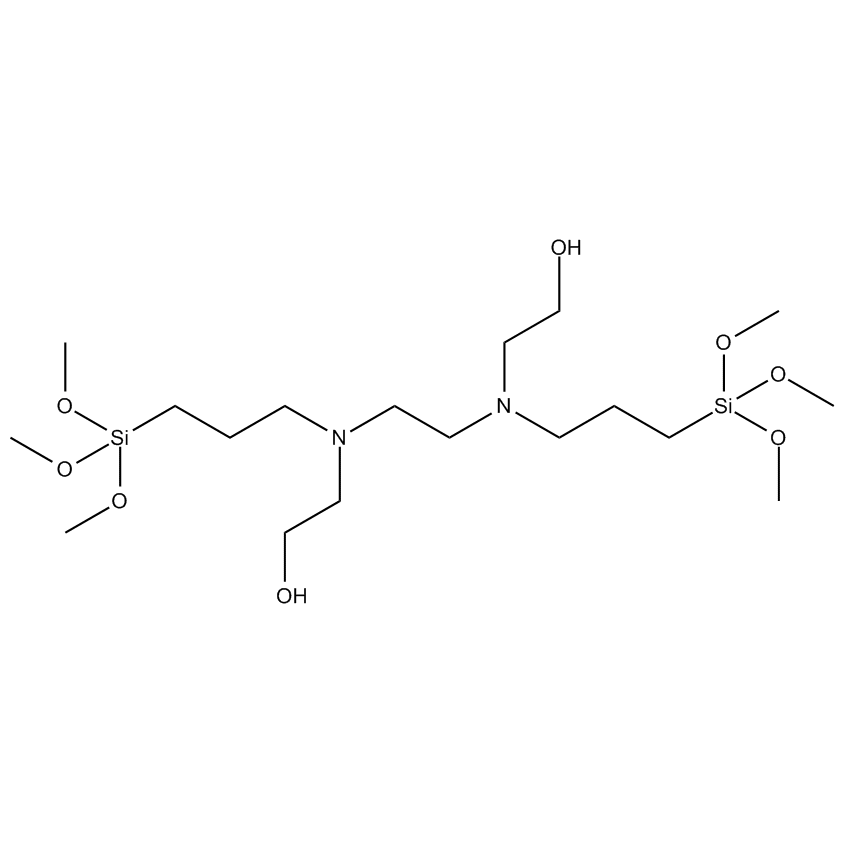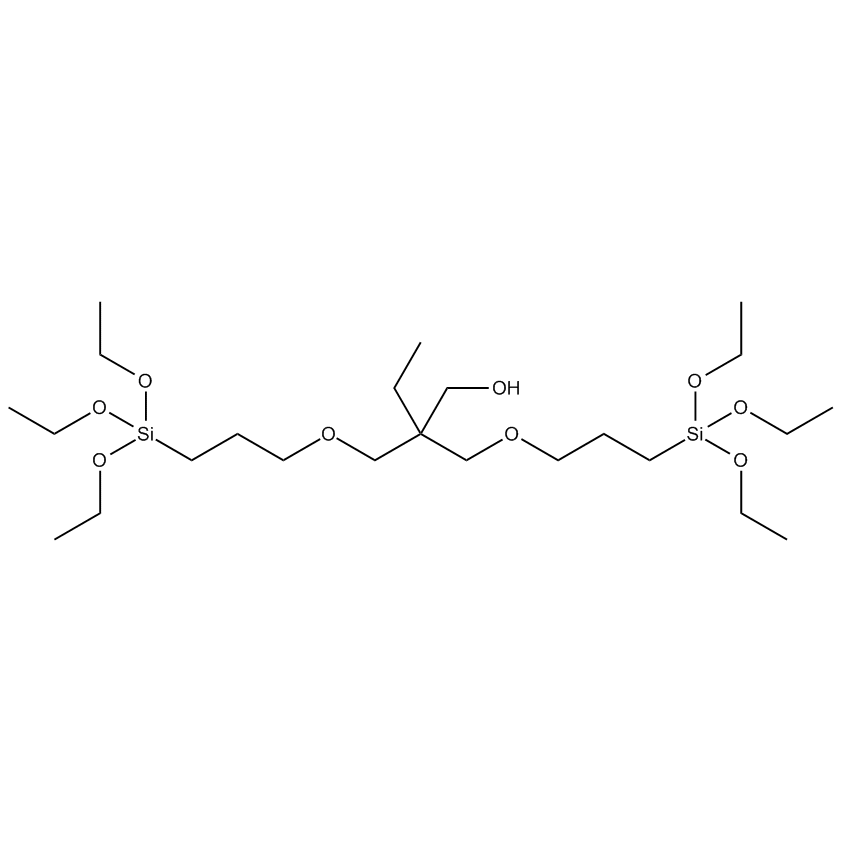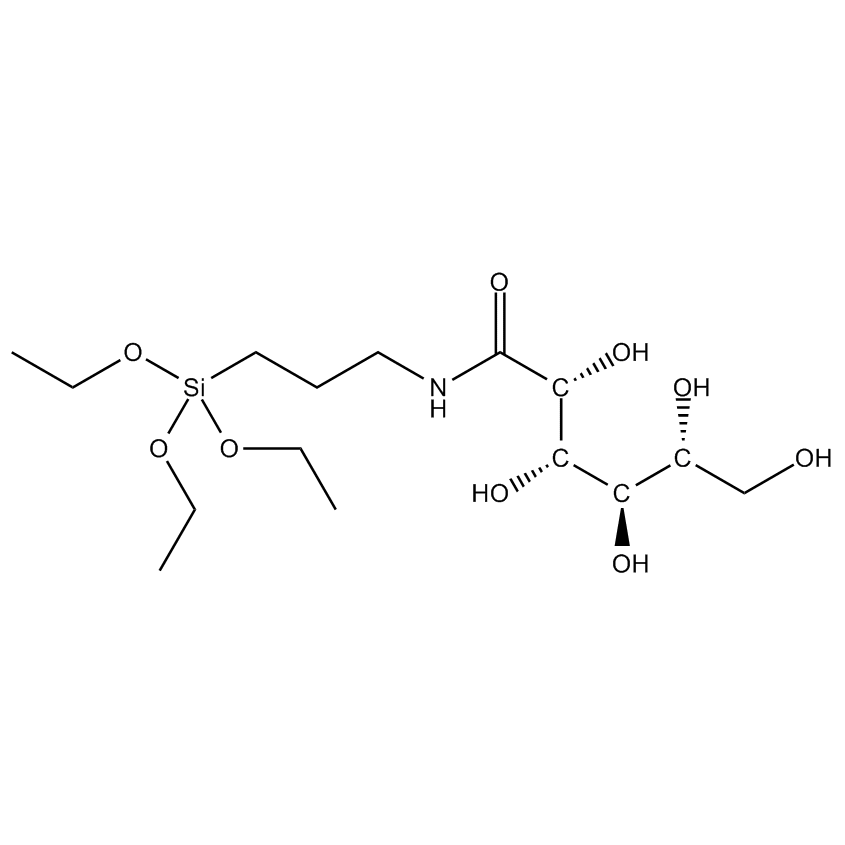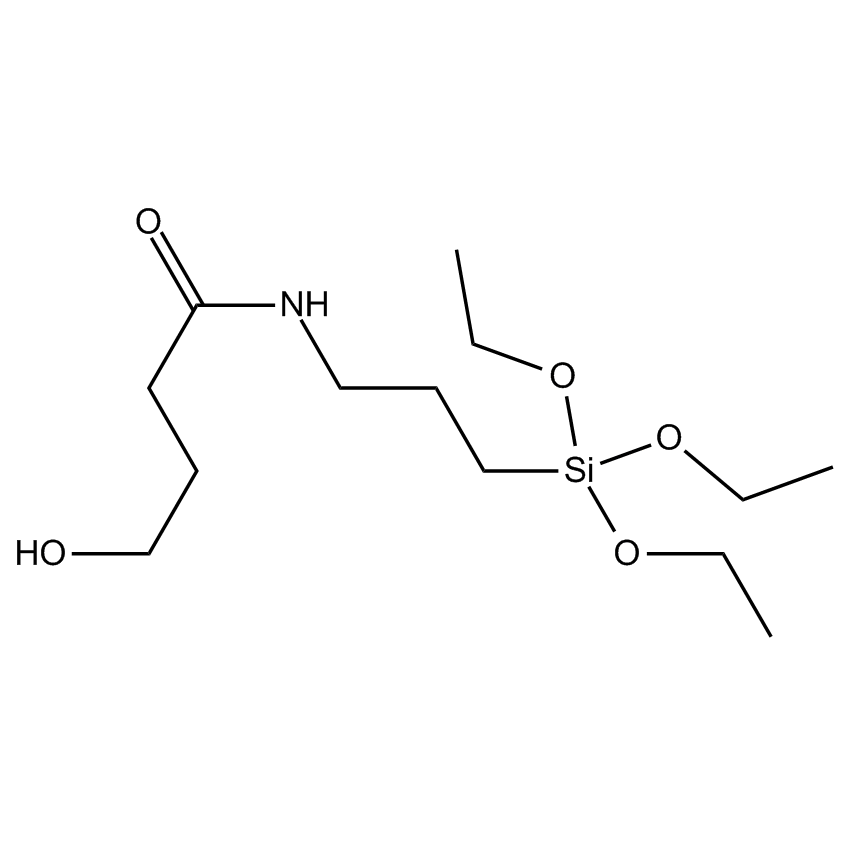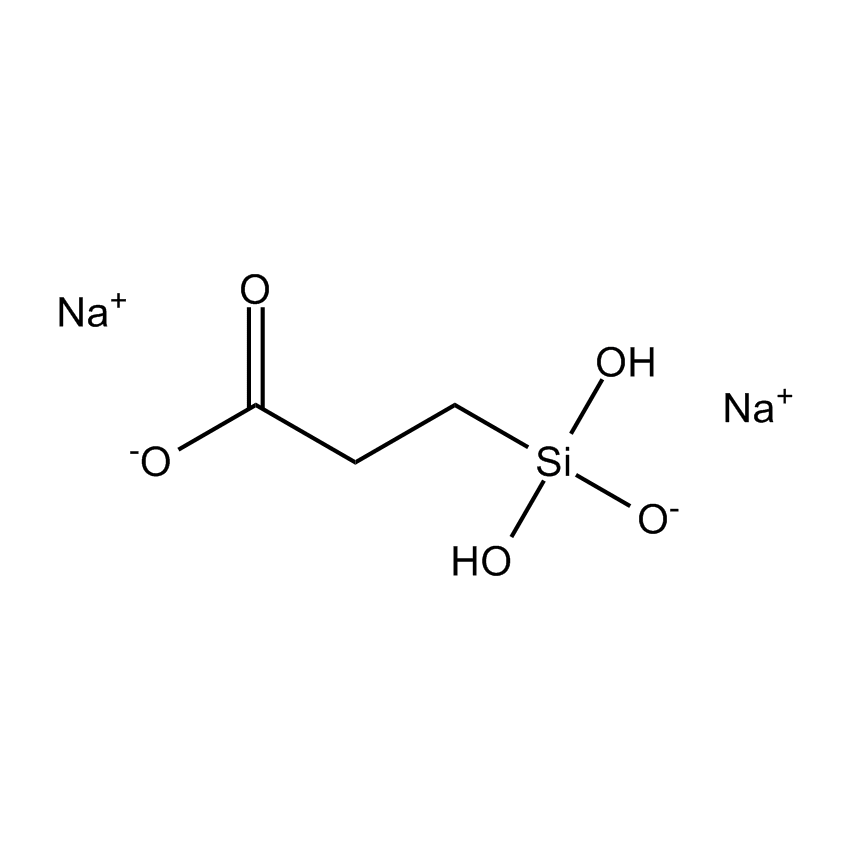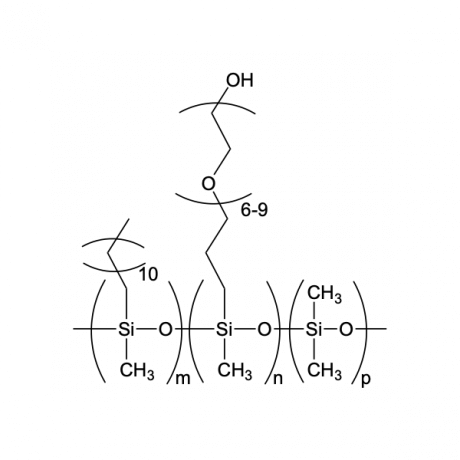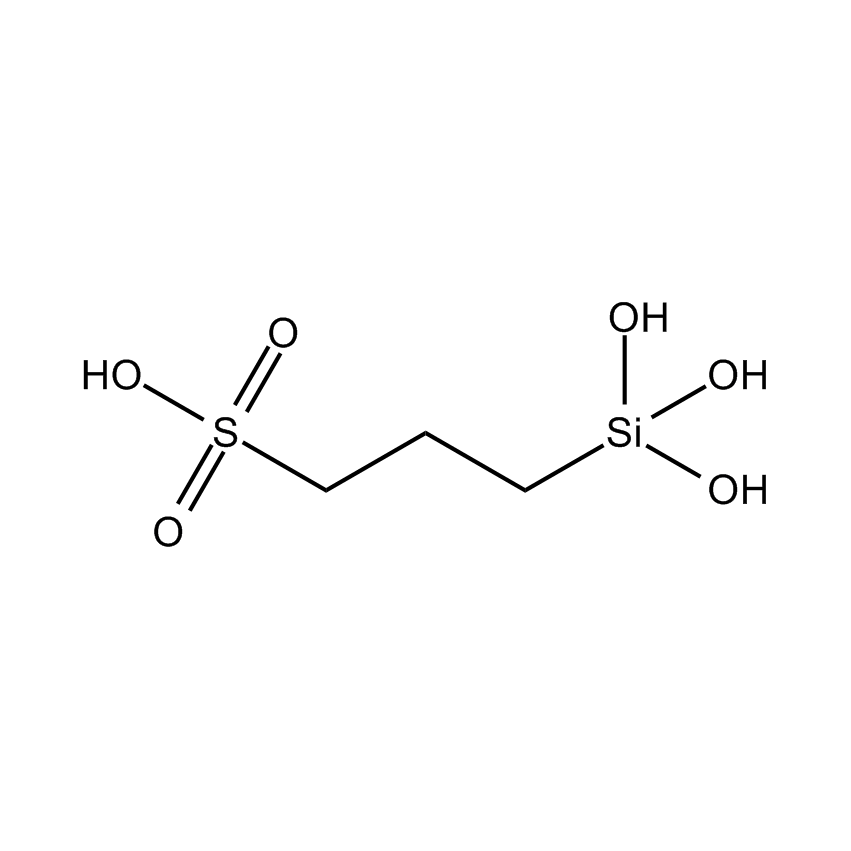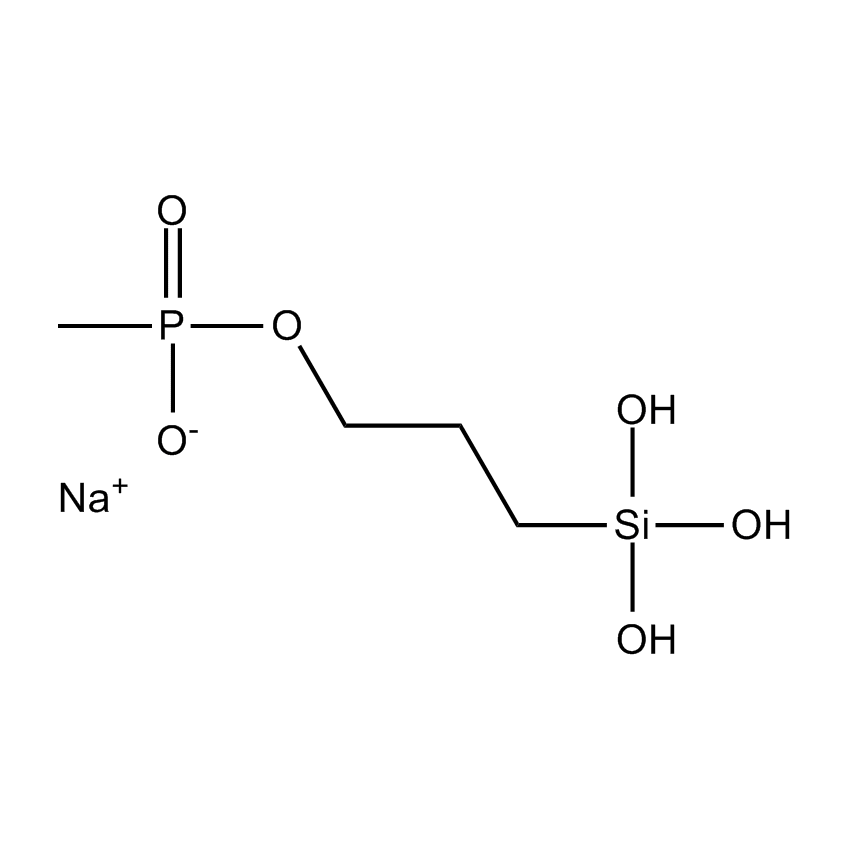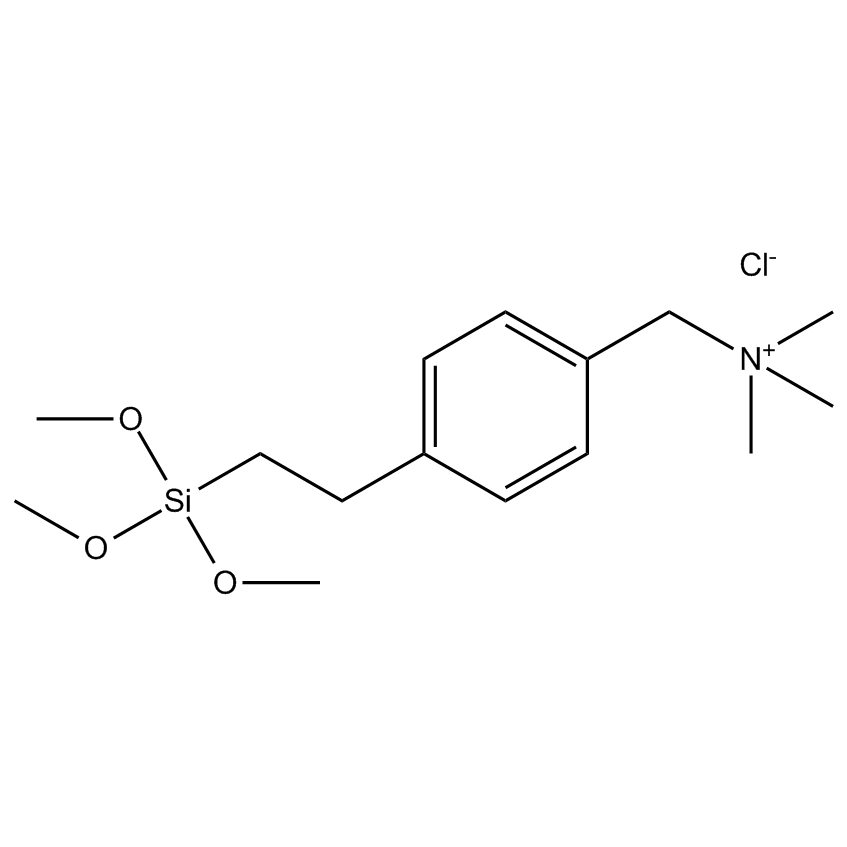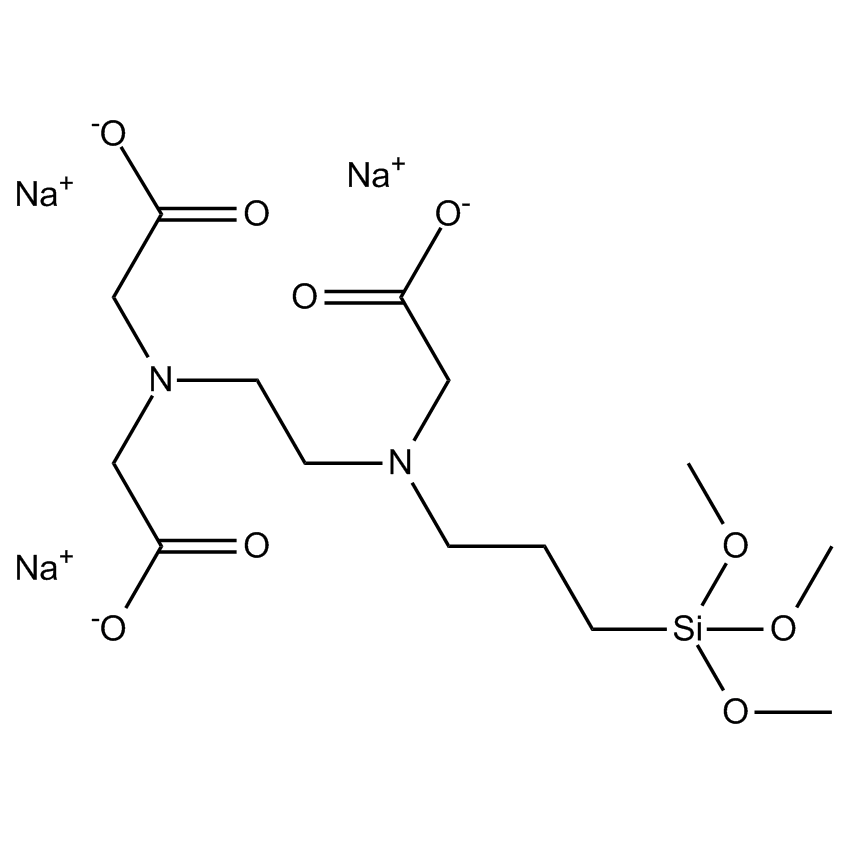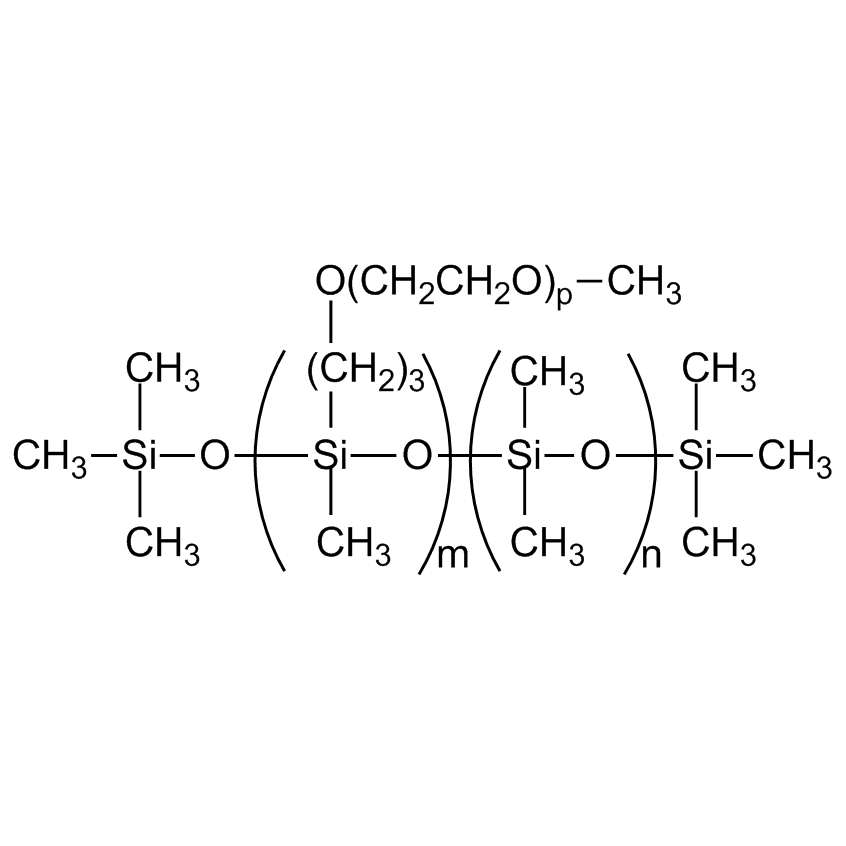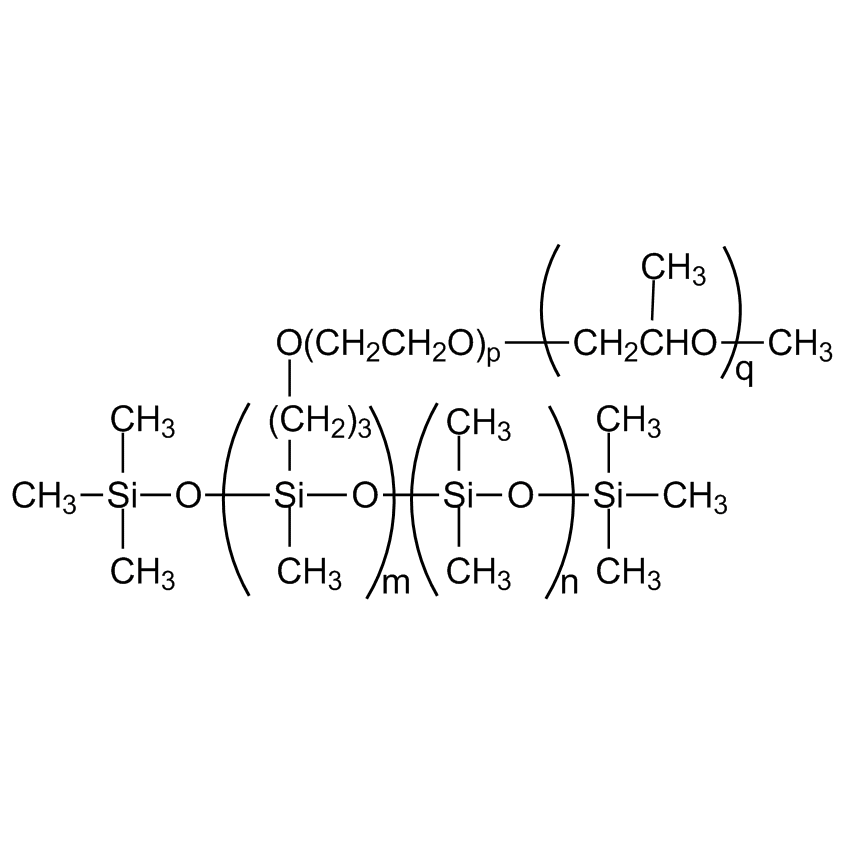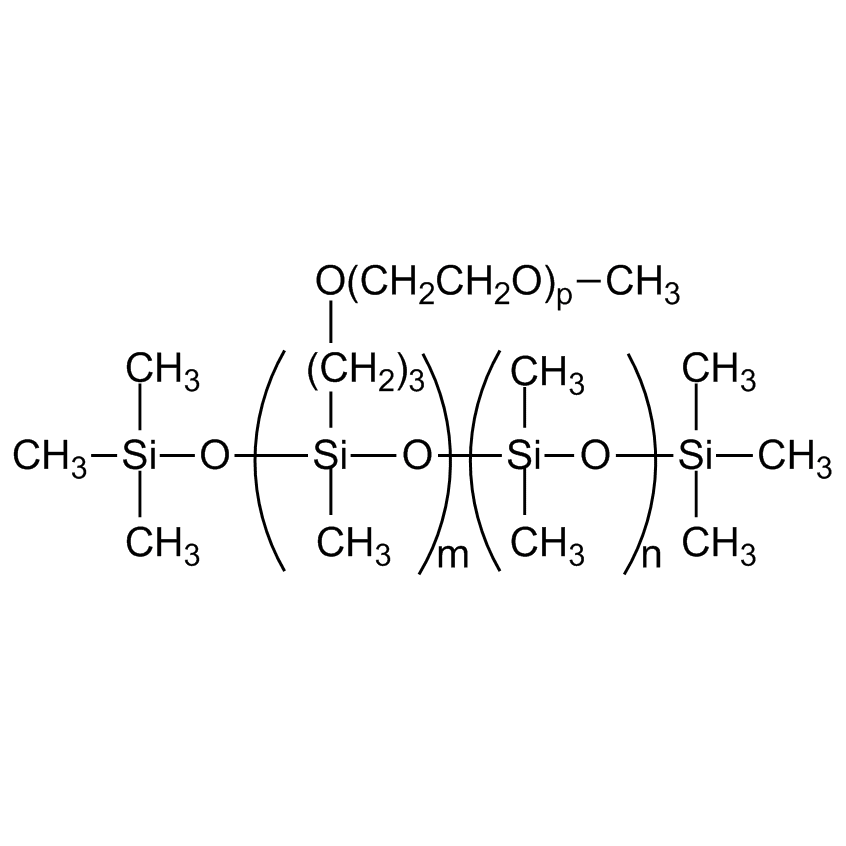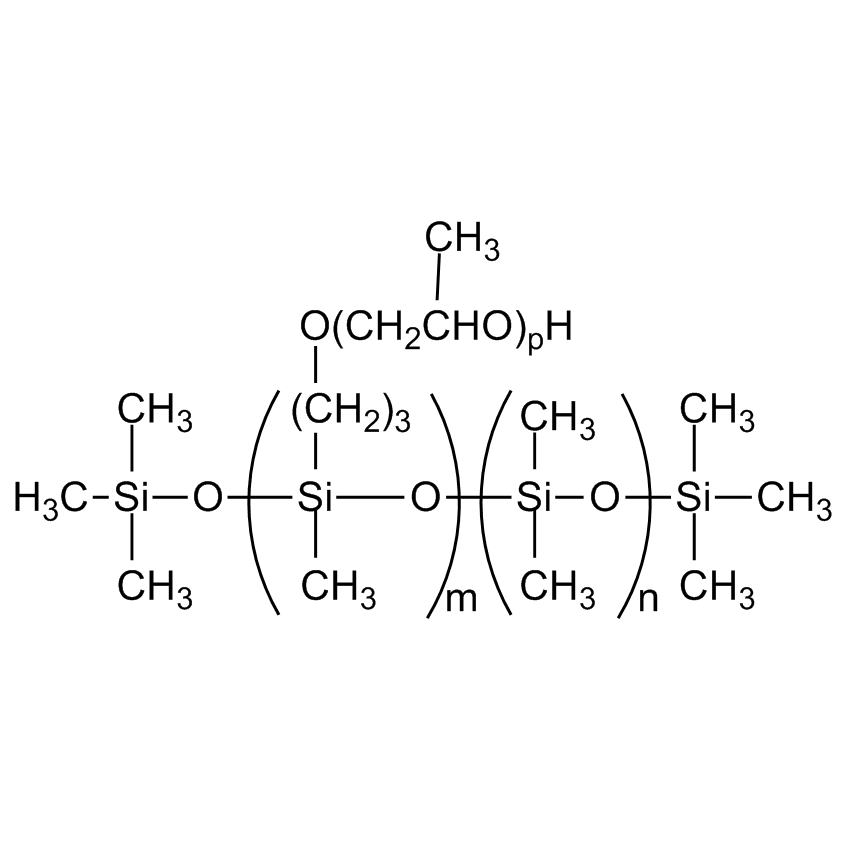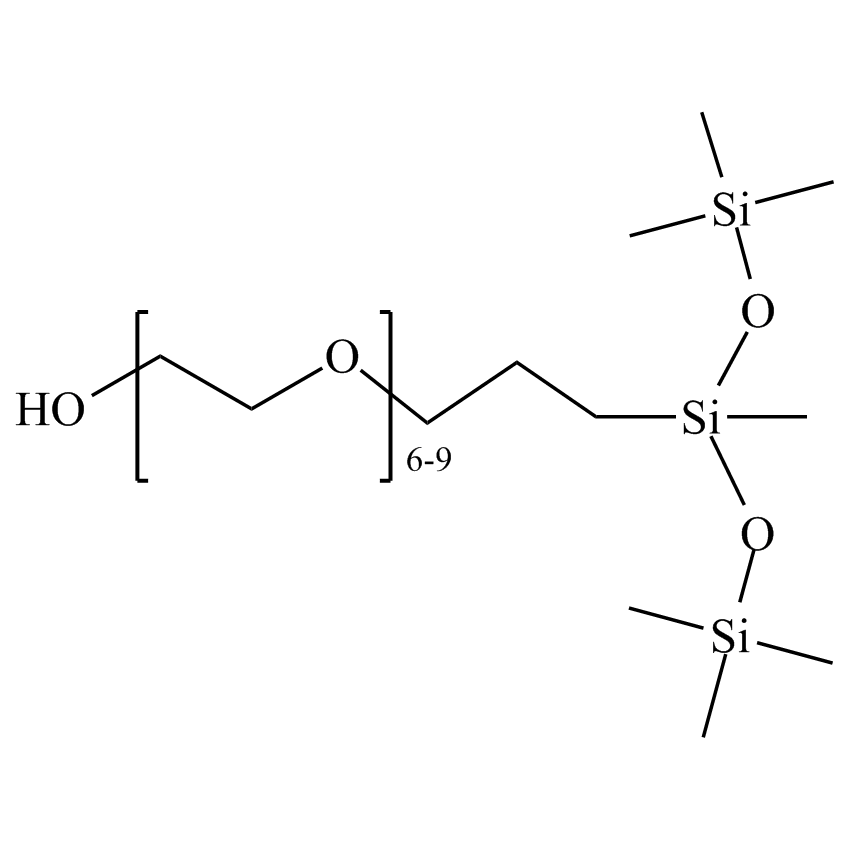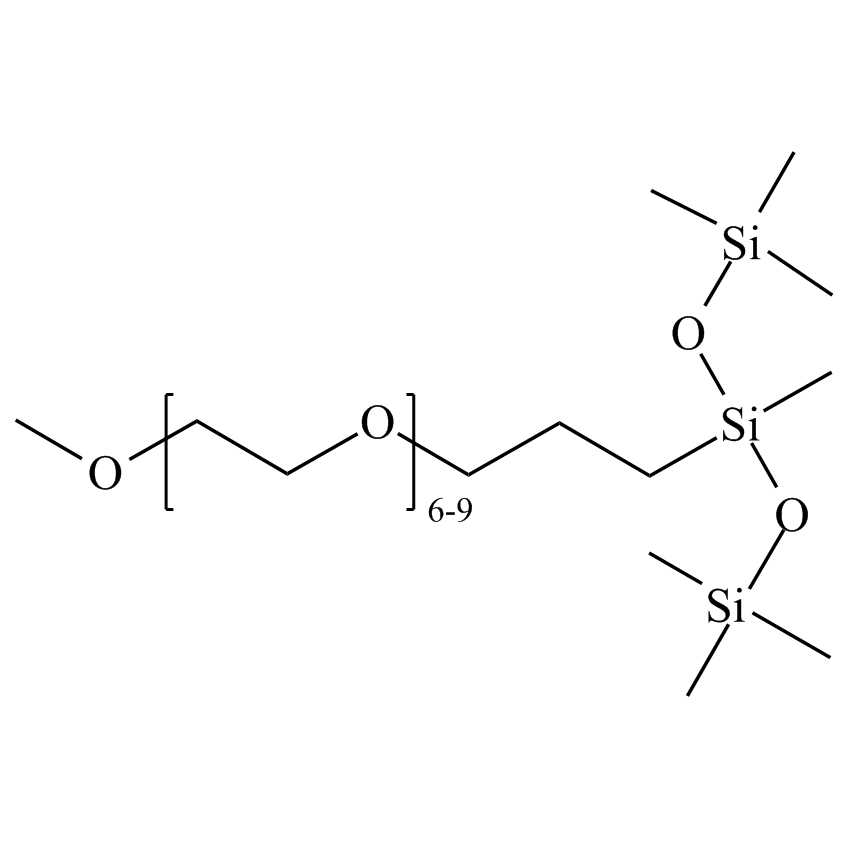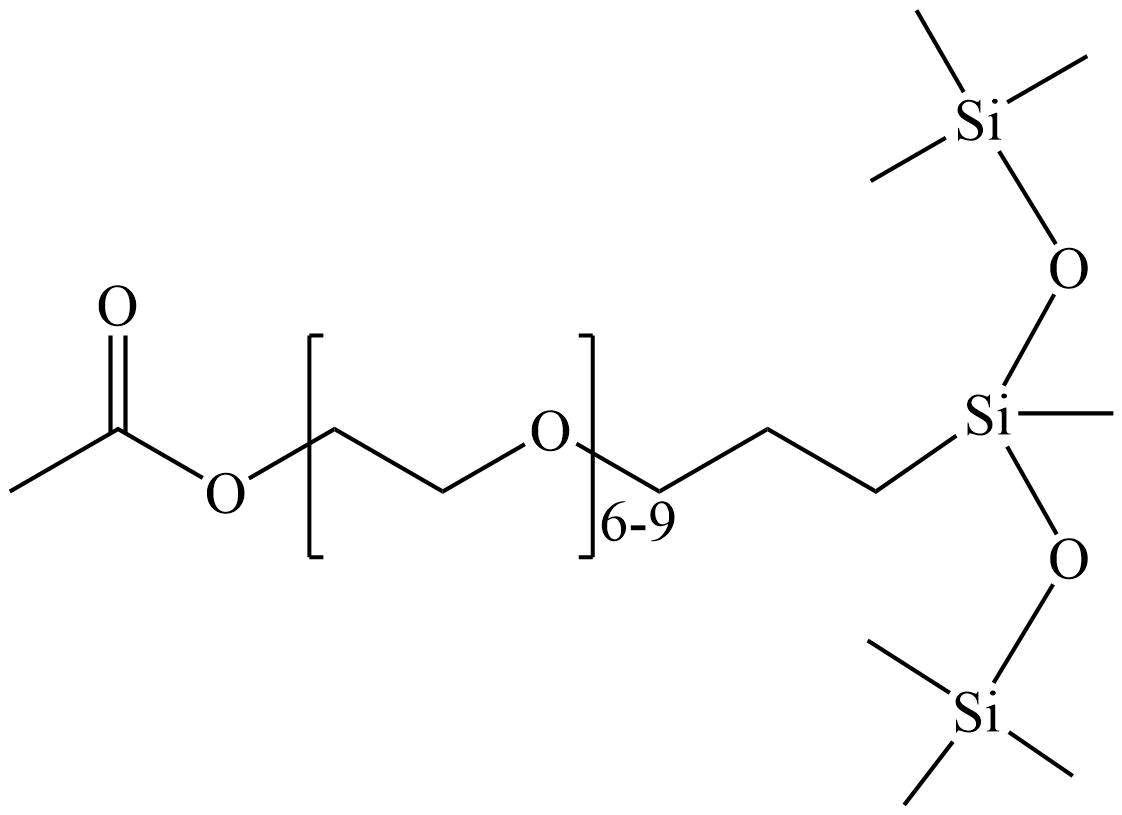While hydrophilic materials are often characterized by their affinity for water, they can generally be described by their interactions with polar and non-polar substances. Hydrophilic materials have more thermodynamically favorable interactions with water and other polar solvents, such as ethanol, than they do with oil and non-polar solvents, such as cyclohexane. Molecular structures making them capable of hydrogen bonding is a primary contributor to the solubility of hydrophilic materials in polar solvents as well as in water.
In general, surfaces become more hydrophilic in the series: non-polar < polar, no hydrogen bonding < polar, hydrogen bonding < hydroxylic, ionic. The number of sites and the structure and density of the interphase area also have significant influence on hydrophilicity. Much of the discussion of hydrophilicity centers around low contact angles and their measurement. Low (< 40°) contact angles for water are associated with hydrophilicity.
While silicones are inherently hydrophobic, they can be modified to contain hydrophilic groups. Hydrophilic silicones and siloxanes are widely used as surfactants and emulsifiers. They consist mainly of dimethylsiloxane backbones in which some of the methyl groups are replaced by polyalkylenoxy- or pyrrolidone groups with a propyl group as a spacer. The ratio of silicone to polyalkylenoxy groups affects the properties of the material. The higher the alkylene oxide content, the higher the hydrophilicity. Materials with 75% or higher ethylene oxide content are freely soluble in water. These materials can be used as wetting agents, lubricants, and anti-fog treatments. Hydroxylic and cationic silicones also can be used as emulsifiers and polyelectrolytes, respectively. These materials are most importantly used for anti-fog and anti-stat. Silanes and other metal organics with hydrolysable groups can be used to react to surfaces for imparting hydrophilicity to the surface. Trisiloxanes are low viscosity materials that have unique wetting, surfactant, and solvency characteristics. Their unusual characteristics are derived from having a small “cloud” of silicone hydrophobic groups from which the hydrophilic group extends.
